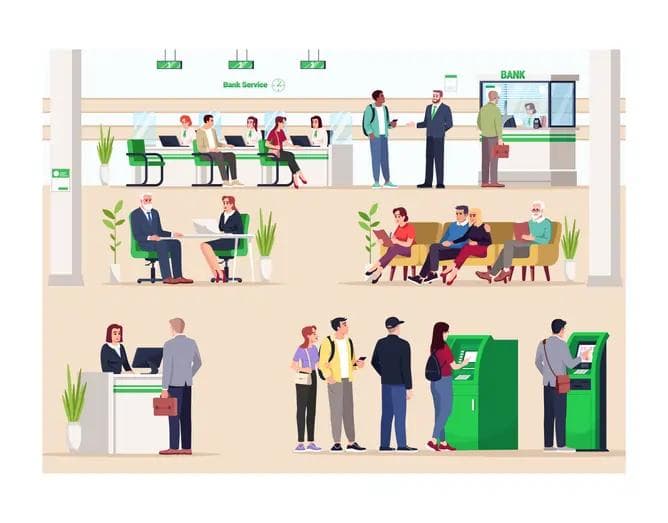Keeping customers safe when banking online
Keeping customers safe when banking online
Published by linker 5
Posted on December 29, 2020

Published by linker 5
Posted on December 29, 2020

By Nic Sarginson, Principal Solutions Engineer at Yubico
This year, consumers have turned to technology in their droves to work, shop, and manage their finances. While online access has always offered convenience, this year it has become close to a necessity as people retreated to their computers and phones, instead of the high street, to access banking services. The significant shift in the way consumers transact and manage money highlights just how much we have all come to depend on our digital identities. Protecting those identities is essential, and that means taking steps for effective and secure authentication.
There has been such an increase in demand for online and mobile banking, that 88% of banking executives reported their organisation has become completely overwhelmed, according to this European survey. This reveals an interesting truth for the banking industry: many former telephone or in-person banking customers will now have to become more familiar and comfortable with their banking service operating online. The benefits they gain, including immediate access to account status and other banking services, are likely going to be the contributing factors that get these new habits of operating online to stick.
The growing shift toward online banking can prove to be positive for financial institutions with a digital agenda, as well as for consumers. However, the move is not necessarily worry-free. For example, while two-thirds of TSB’s mobile banking users say they benefit from the convenience and 24/7 access to their accounts, security is still a concern among older age groups. Despite the rate of mobile banking registrations almost tripling in the three months following lockdown, TSB discovered that 39 percent of people over the age of 55 worry about fraud and 37 percent of them fear losing their phone and as a result, their bank details being compromised.
Lines of defence
The first line of defence in online security is generally a username and password, supplemented with additional measures to help safeguard against a range of threats including:

Nic Sarginson
Multi or two-factor authentication (MFA/2FA) boosts traditional username/password authentication, by adding a second layer to help mitigate these common security threats, as well as others. It’s important to note that not all MFA is completely resistant to security threats – for example, mobile-based MFA using one-time codes increases account security but can still be vulnerable to modern MitM and phishing attacks. Additionally, it may not be the most convenient solution, as it relies on your mobile device, which may not be accessible when in locations that are mobile-restricted or do not have cellular reception to receive codes.
Financial service providers can and should take steps to help customers increase their online account protection. This, along with increasing education to help reduce the digital divide for the less security aware, is important in any organisation’s digital transformation. Strong authentication protecting online banking accounts should:
Strong authentication, through tools such as hardware security keys, bolsters security without inconveniencing customers. By leveraging global authentication standards supported by the leading platforms and browsers, like WebAuthn and FIDO2, developers can integrate a strong authentication solution into their products and services, which provides users with the ability to secure their accounts and devices. Now that we recognise that legacy authentication methods are not always the most secure, online service providers should go beyond basic MFA to provide strong standards-based authentication to stop account takeovers.
Indeed, for financial services organisations, using such technologies as FIDO increases user security and ease of use. It also adds more flexibility to the security options available, from increased user identity assurance, to being able to implement hardware backed Root of Trust procedures, and even transaction signing solutions.
As consumers increasingly go online to manage more aspects of their daily activities, they will seek confidence in the security measures designed to keep their accounts safe. Basic security measures can be vulnerable to a range of security threats and should be enhanced through strong authentication that is simple to deploy and use. Now is the time to meet customer expectations when accessing financial services online by providing the highest level of protection, combined with a seamless user experience.
Explore more articles in the Banking category











